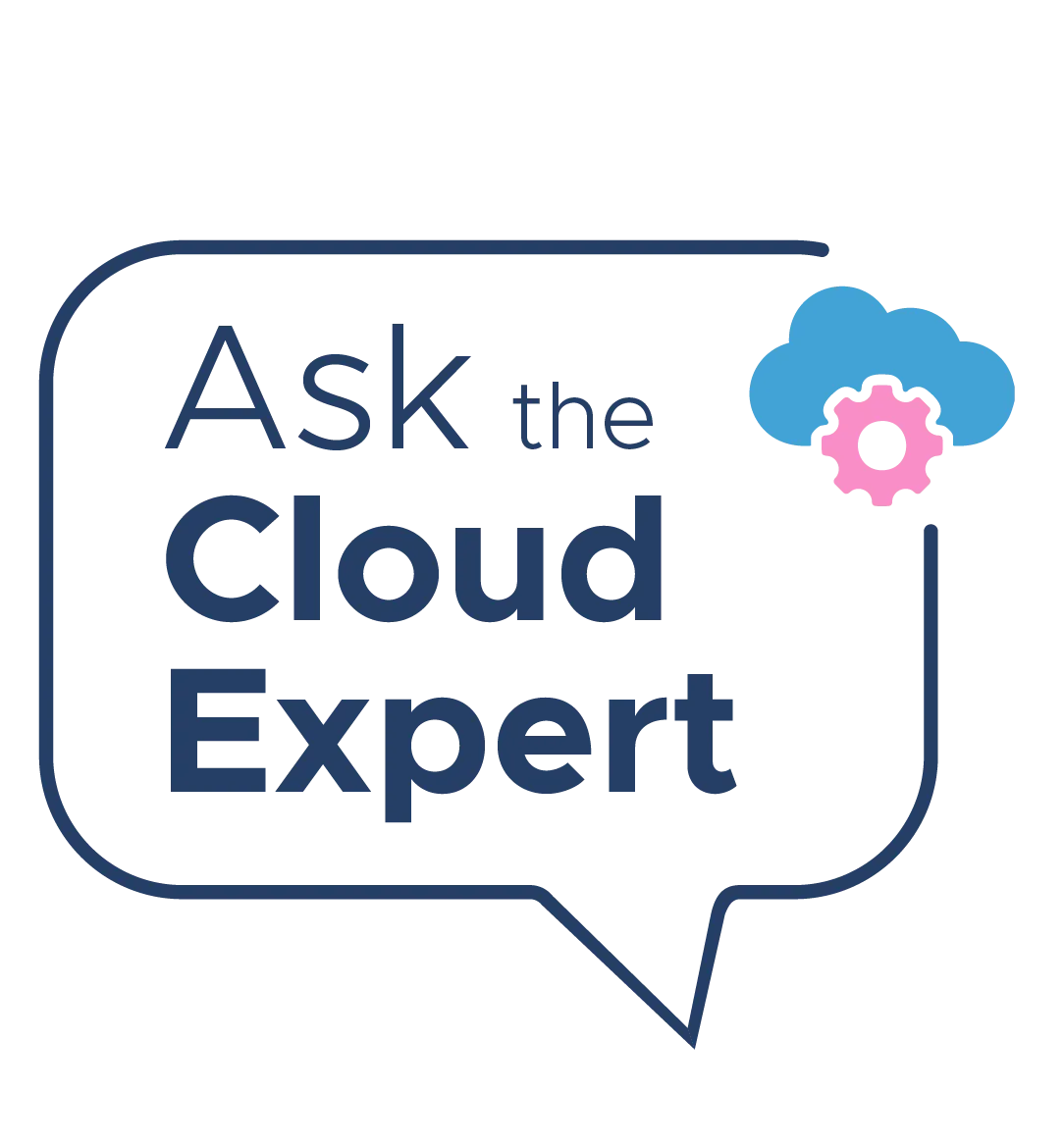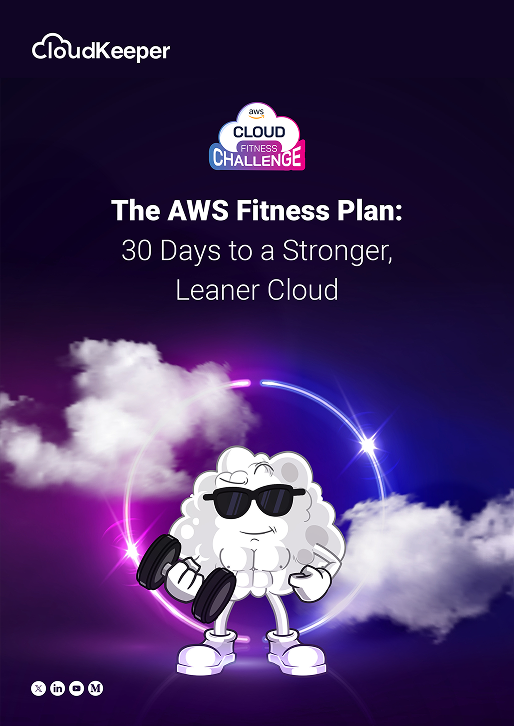Cloud optimization is too often reduced to catchy marketing slogans: “50% cost cuts,” “instant waste elimination,” or “one-click tuning.” In reality, it’s a nuanced practice that balances spending, performance, reliability, and growth. Whether you’re a CFO bracing for a surprise invoice, an engineering manager troubleshooting performance spikes, or a product owner juggling feature delivery with budget limits, you know cloud optimization isn’t a one-size-fits-all checkbox.
In this expert-led conversation, we cut through the noise to reveal what cloud optimization truly involves - answering the most-asked questions with real-world experience, not generic advice.
About today’s expert - Praneet Chandra
Leading this conversation is Praneet Chandra, who brings a unique perspective to cloud optimization - combining deep technical expertise with real-world experience scaling SaaS companies from startup to IPO. With over 14 years of hands-on experience building high-growth SaaS platforms, Praneet has navigated the cloud optimization challenges. At CloudKeeper, Praneet applies this experience to help organizations optimize not just for cost, but for sustainable growth.
Part 1: What Cloud Optimization Really Means
Q 1: Everyone talks about "cloud optimization," but what does it actually mean beyond just cutting costs?
This is exactly the right question to start with. I see too many organizations treating cloud optimization like it's just about finding the cheapest option - and that's where they go wrong.
True cloud optimization is about finding the sweet spot between four critical dimensions: cost, performance, availability, and scalability. Think of it like tuning a race car. You don't just want the cheapest engine; you want the right balance of power, reliability, and efficiency for your specific race.
For example, we worked with a SaaS company that was so focused on cost-cutting that they downsized their database instances. Sure, they saved 40% on their monthly bill, but their application response times doubled, leading to customer churn that cost them far more than they saved.
Q 2: Can't I just implement a cloud optimization tool and call it done?
I wish it were that simple! This is probably the biggest misconception we encounter. Cloud optimization tools are essential - they give you the data, but they don't make decisions for you.
Here's what actually happens: A tool might tell you that you have 20 idle EC2 instances, but it won't tell you that 15 of them are critical for your quarterly load testing, and 5 are genuinely wasteful. Without a business context, you might terminate the wrong ones and break your testing pipeline.
We've seen companies spend six figures on optimization tools, only to see minimal results because they lacked the expertise to interpret and act on the data meaningfully.
That's why our approach at CloudKeeper blends the best of both worlds. Tools like CloudKeeper Tuner & Lens help in automation for routine stuff like continuous monitoring and optimization. But we also have 150+ cloud-certified experts who understand what the data actually means for your business.
When something unusual pops up, you don't get bombarded with generic alerts. Instead, our team reviews it first and only reaches out when there's something genuinely worth your attention.
Q 3. How should I think about optimization vs. innovation?
Carve capacity: reserve a predictable % of budget/time for innovation while continually improving efficiency in production. Optimization should enable more experiments, not stifle them.
Part 2: The Hidden Costs of Poor Cloud Usage
Q 4: What are the real costs of inefficient cloud usage that most companies miss?
Beyond the obvious overspend, which averages 32% of cloud budgets according to recent studies, there are three hidden costs that really hurt:
- Opportunity Cost: Every dollar wasted on idle resources is a dollar not invested in innovation. We had a client spending $200K annually on unused development environments. That money could have funded two additional engineering hires.
- Technical Debt: Poor cloud practices compound over time. Untagged resources, inconsistent architectures, and ad-hoc provisioning create a mess that becomes exponentially more expensive to clean up later.
- Team Productivity: Engineers spending hours troubleshooting performance issues caused by undersized resources, or finance teams scrambling to explain unexpected bills - these are real costs that don't show up on your cloud invoice.
Q 5: Should a startup worry about cloud optimization at this stage?
This is a dangerous myth. Early-stage companies often think they'll "optimize later when they're bigger," but that's like saying you'll learn to drive properly after you buy a Ferrari.
We've seen startups burn through Series A funding 40% faster due to poor cloud practices. The habits you build early become your foundation. A startup we worked with was spending $50K monthly on cloud - turns out 60% was waste from abandoned experiments and over-provisioned resources.
Start with basic hygiene: tagging, rightsizing, and scheduled shutdowns for non-production environments. These practices scale with you and prevent future chaos.
Q 6: Why do “zombie” resources keep appearing after cleanups?
Lack of ownership, missing automation to delete temporary test or demo environments, manual experiments left running, and gaps in tagging/reporting. Fix by combining policy-based lifecycle rules, ownership tags, and periodic automated sweeps.
Part 3: Optimization in Action – What Effective Strategies Look Like
Q 7: What does effective cloud optimization actually look like in practice?
This is how a plan for effective cloud optimization should look like:
1. Weeks 1–2: Discovery & Quick Wins
- Pinpoint idle or oversized resources to unlock immediate cloud cost savings.
- Automate on/off schedules for non-production environments, slashing those costs.
- Right-size production instances based on real-world usage patterns.
2. Weeks 3–8: Strategic Optimization
- Move steady workloads to Reserved Instances for predictable discounts.
- Enable auto-scaling so capacity adjusts automatically to demand spikes.
- Streamline storage by tiering data and enforcing lifecycle policies.
3. Ongoing: Cultural Integration
- Roll out cost-by-team and cost-by-project tagging for clear accountability.
- Set up alerting and approval workflows to catch anomalies before they become surprises.
- Make cost awareness part of every sprint - so every engineer thinks about cloud costs.
This approach balances speed, strategy, and sustainability - delivering quick wins while building a culture where optimization is second nature.
Q 8: How do you balance cost optimization with performance requirements?
This is where the "optimization" in cloud optimization really matters. It's not about finding the cheapest option - it's about finding the most efficient one.
We use a methodology called "Performance-Cost Profiling." For each workload, we map the relationship between resource allocation and business impact.
For example, a client's API gateway was over-provisioned at 4x capacity "just in case." We implemented proper monitoring and auto-scaling, reducing base costs by 60% while actually improving peak performance through better resource allocation.
The key is understanding your performance requirements at a granular level, not just applying blanket upgrades or downgrades.
Part 4: Real-World Learnings from SaaS/ISV Teams
Q 9: What unique cloud optimization challenges do SaaS companies face?
For SaaS companies, cloud costs have a direct impact on unit economics - but many teams don’t have a clear view of spending at the customer or feature level. Without that cloud cost visibility, it’s tough to tell which accounts or features are actually profitable.
On top of that, SaaS teams have to juggle the challenge of running shared infrastructure efficiently while keeping tenants isolated, ensuring consistent performance, and managing seasonal or variable usage without paying for extra capacity all the time.
Common SaaS Optimization Patterns:
- Multi-tenancy Optimization: Rightsizing shared resources while maintaining isolation
- Customer Cost Attribution: Understanding true cost-per-customer, not just revenue-per-customer
- Feature-Based Costing: Mapping cloud spend to product features to inform pricing decisions
- Seasonal Scaling: Many SaaS apps have predictable usage patterns that can be optimized
Quick tip: prioritize getting accurate cost telemetry (tenant, feature, environment) - it’s the single best lever for effective, business-aligned optimization.
Q 10: How do ISVs handle cloud optimization differently from other businesses?
ISVs face a unique challenge: they're often building on top of cloud platforms to serve other businesses, creating a "cloud-on-cloud" cost structure.
One ISV client was spending 40% of revenue on cloud infrastructure. The issue wasn't just efficiency - they hadn't architected for cost-effective scaling. We helped them:
1. Implement Usage-Based Scaling: Instead of always-on resources, they moved to event-driven architectures
2. Optimize Data Transfer: Reduced cross-region traffic by 70% through better data locality
3. Right-Size for Customer Tiers: Different service levels for different customer segments
The result: Cloud costs dropped to 22% of revenue while improving service reliability.
Q 11. Can you walk us through a cloud optimization success story where CloudKeeper Tuner has helped?
Absolutely. We worked with a leading fintech platform, MobikWik, that was spending heavily on AWS but struggling with visibility across its multi-account setup. Despite having internal tools, they couldn't get a unified view of optimization opportunities.
Within days of onboarding CloudKeeper Tuner, we started delivering granular recommendations across 50+ AWS services- EC2, EBS, RDS, you name it. The platform analyzed their actual usage patterns and historical trends, giving them data-backed suggestions they could trust.
Tuner identified about 26% optimization scope in their EC2 environment- flagging underutilized instances that could be rightsized without any service disruption. For RDS, we surfaced over 11% monthly savings potential by recommending smarter instance types and reservation strategies.
Overall, they unlocked 7-10% monthly savings across their entire AWS environment. But more importantly, every recommendation was backed by precise data, so their teams could act with confidence. You can read more case studies here.
Final Takeaways
Q 12: What should companies focus on first if they're starting their optimization journey?
Start with visibility and governance, not cost-cutting. Here's the priority order:
Get Visibility
- Implement proper tagging and cost allocation
- Set up monitoring and alerting for unusual spend
- Identify your top cost drivers
Quick Wins
- Eliminate obvious waste (idle resources, over-provisioned instances)
- Implement scheduling for non-production environments
- Right-size based on actual usage data
Strategic Optimization
- Move to appropriate pricing models (Reserved Instances, Savings Plans)
- Implement auto-scaling and automated resource management
- Build cost awareness into development processes
- Run monthly FinOps reviews, rotate owners for continuous improvement, and publish wins internally.
Q 13: How do you know if your optimization efforts are actually working?
Metrics matter, but the right metrics. Don't just track total spend, track efficiency metrics:
- Cost per business unit (per customer, per transaction, per feature)
- Resource utilization rates (aim for 70-80% on production workloads)
- Waste percentage (should be under 15% for mature organizations)
- Cost predictability (variance from budget should decrease over time)
We track these monthly for our clients, and successful optimization shows improvement across all dimensions, not just raw cost reduction.
The Simple Checklist for Cloud Optimization
- Do we have owner tags for all resources?
- Are non-prod environments auto-stopped outside business hours?
- Do we track cost per product/tenant?
- Are storage lifecycles applied?
- Is there a monthly FinOps review with engineering + product?
- Are we measuring the velocity impact of optimization changes?
The truth about cloud optimization is that it's not a one-time project - it's an ongoing practice that requires the right combination of tools, expertise, and cultural change.
Ready to start optimizing? Let's have a conversation about your specific cloud challenges. Whether you're dealing with runaway costs, performance issues, or just want to build better cloud practices, we can help you create a sustainable optimization strategy.
Schedule a Free Cloud Cost Assessment or Download Our Cloud Optimization Playbook.

